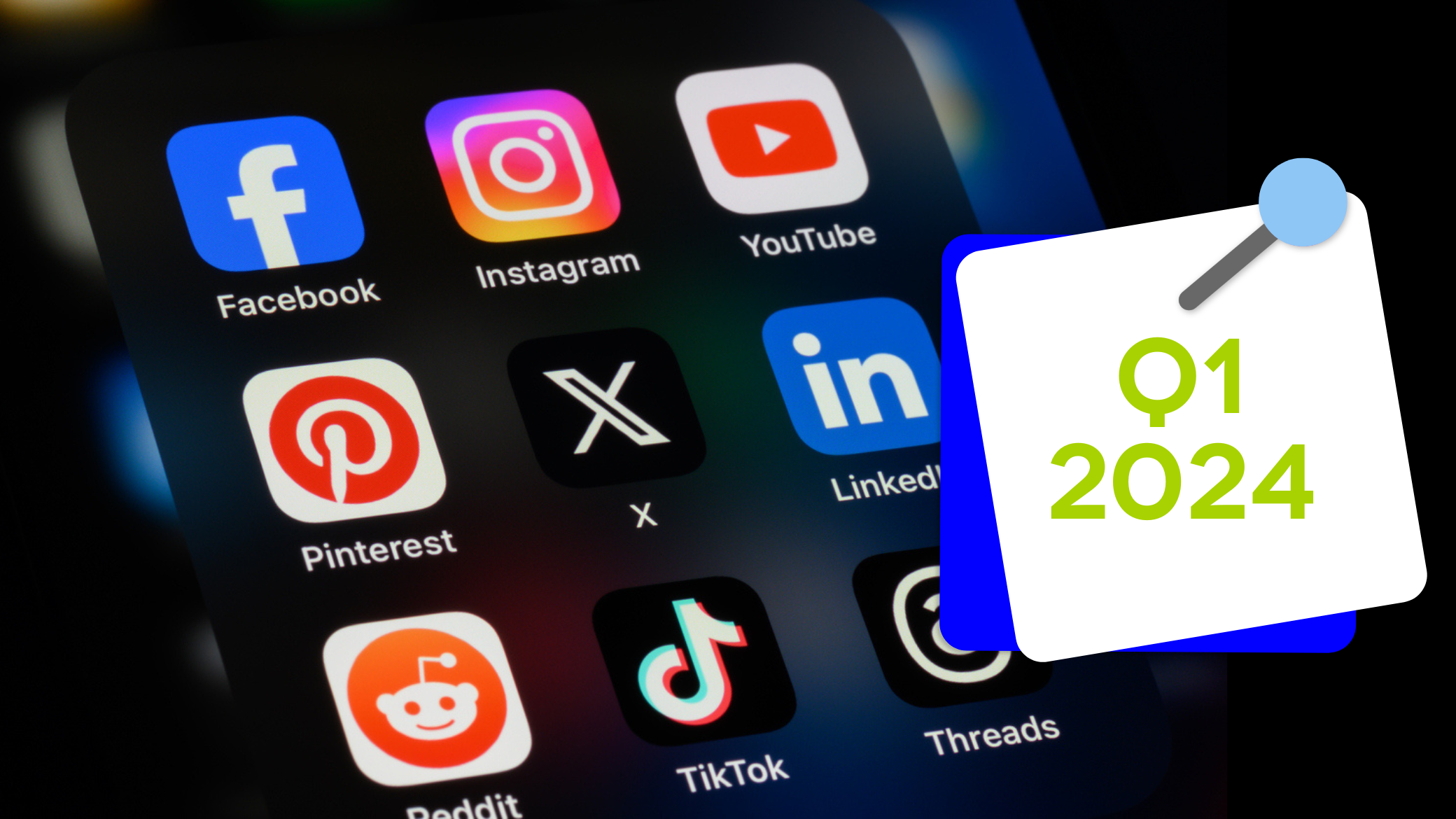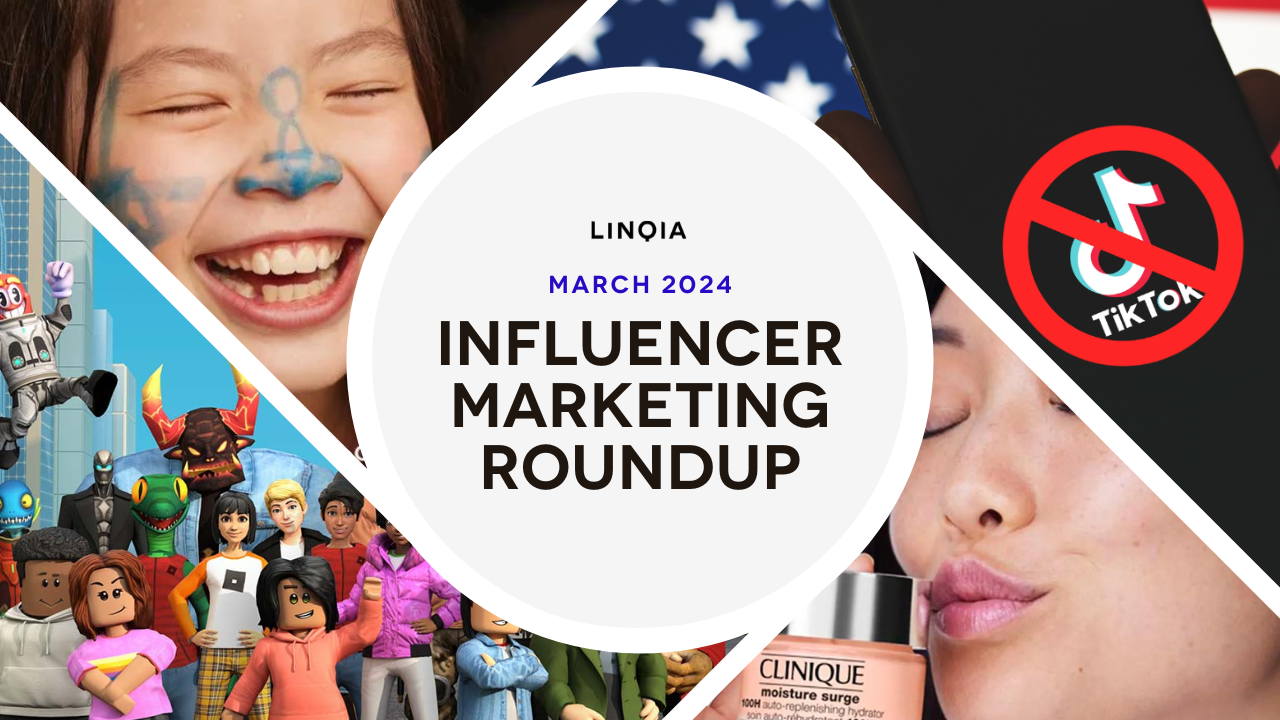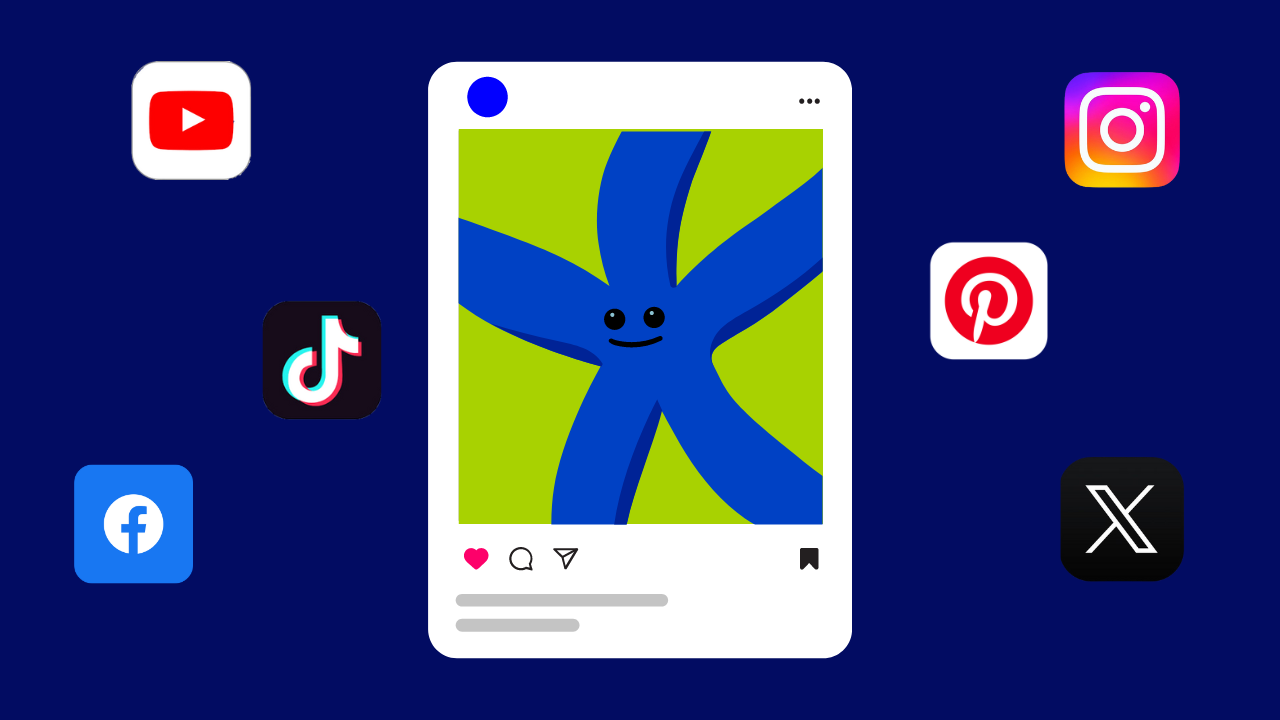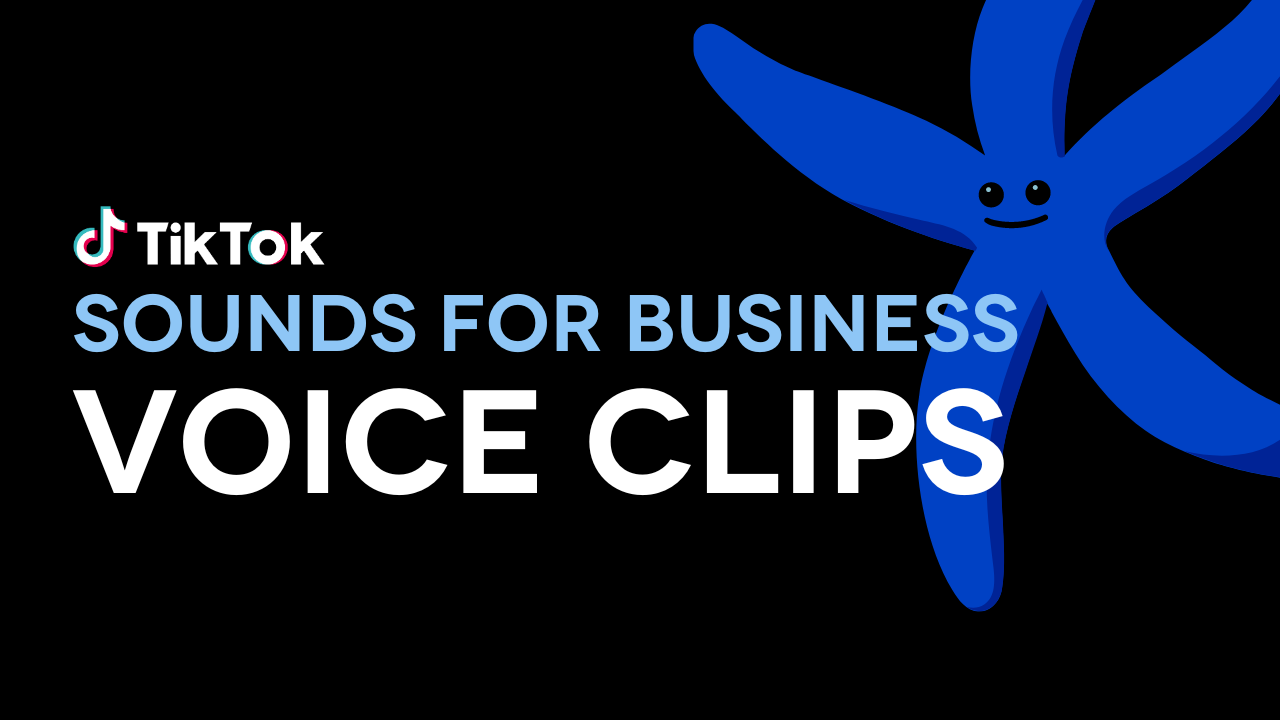We could simply make this a two word post: the Internet.
But you’ve come here for more than that, right?
Our modern marketing funnel started with E. St. Elmo Lewis in 1898, an advertising pioneer who referred to his AIDA system (attract, interest, desire and action) as a “sales model.”
As time and technology progressed and the “model” morphed into the marketing funnel we know today, it became more sophisticated. But, even with the rise of nationwide radio and television service, the top of the funnel and the other stages changed very little.
Before the mass use of internet it was also a much different, and disadvantageous, time to be a consumer.
Information about new products was only available in advertisements and it was much more difficult to discover new options or learn about updates and features.
Truly unbiased suggestions existed solely in conversations between friends, family, co-workers, and neighbors. All other communications were a one-way street from the brand to the customer, with few options for the customer to give feedback.
The content was also designed with the brand’s best interests in mind, rather than providing value to the consumer. Before the internet, ToFu was fed by mass advertisements like billboards, print, television, and radio ads, strategies like product placement and celebrity endorsements, and the aforementioned word-of-mouth through personal relationships.
Improvements in data collection have allowed marketers to segment audiences like never before and know more about their customers than any other time in history. So, it should be easy to target just the consumers who are right for your product, appeal to them based on what you know about their deficits and assets, and get them into your customer funnel, right?
Not necessarily.
As internet became widely available in the mid to late 1990’s, consumer behaviors began to change. Consumers now had more options than ever before, not just of what to buy, but how to buy. It no longer mattered when the store was open or what it brands they carried, consumers could and did customize their shopping around their schedules and needs. The growth explosion of sites like Netflix and Amazon prove that point clearly enough.
Since mass adoption of the internet, there have been three major changes to consumer behavior:
- Skyrocketing distrust of companies and brands
- Attentions spans are drastically shrinking
- Opinions are more important to validating purchasing decisions than ever
So, to answer our own question, we aren’t truly seeing a change to the essential nature of the top of the marketing funnel, but rather an adaptation in what it will take to inspire a customer into that top of funnel.
We live in a culture where expose documentaries on major corporations are common entertainment, where we have national holidays to celebrate “buying nothing,” where there are entire companies built around blocking ads from ever reaching consumer eyeballs. And these are not instigated by fringe groups, these are part of the mainstream experience: over 45 million Americans use ad-blocking applications, and if adoption continues at the current rate, another 21.6 million will use them within next year. On top of this, 84% of Millennials (the generation with the largest spending power in history,) say they do not trust traditional advertisements.
With customers trying to avoid commercials, banner, pre-roll, and pop up ads at all costs, marketers would do well to stop pushing for the ToFu traffic and focus instead on the middle or bottom of their funnels. After all, can’t any customer now find you with the click of a button? Shouldn’t you only focus on those who actually want to learn more about your products?
Not so fast.
Customers are able to access information faster than ever before, but this also means that information is being continually thrust at them:
The average American sees 285 pieces of content a day on social media alone. Countering this, the our attention spans have shrunk to just 8 seconds, one second less than a goldfish’s. While consumers have never been more reachable, attention, that very beginning of the funnel, is actually more difficult to get than ever.
The third change is one of the more subtle shifts, but has one of the largest impacts on your ToFu. While consumers have always consulted their close friends and family for opinions on purchases, now 70% of Americans seek online opinions before making a purchase. And the source of these opinions matter, a 2015 survey found that 54% of respondents would try a product with negative online reviews, if recommended by someone they know, as “consumers are likely more trusting of reviews when they believe that they share similar qualities with the reviewer.”
So, with these new consumer challenges, how can your brand’s message reach those outside your funnel?
First, the message now needs to come from someone the consumer trusts and considers to be a friend, peer, or authority.
Second, the message now needs to be engaging, interesting and relevant enough to the consumer to catch their attention; it has to be meaningful to them. Customers need to feel like the content they consume matches the purpose with which they lead their lives, otherwise they will not take time out of their day to pause for it. As said by NYT Bestseller Seth Godin: “Our job is to connect to people, to interact with them in a way that leaves them better than we found them, more able to get where they’d like to go.”
This might seem like a huge ask to a marketer, but it is actually very doable with the combination of influencer and content marketing.
Start with embedding your brand message within a genuinely valuable or interesting story, this will draw in and hold consumer attention. Next, choose influencers aligned with your target audience to ensure that your message will be delivered by someone who instills trust in your product and inspires your customers to learn more, moving them down the funnel.




